
Agriculture of the USSR on the verge of a crisis in the early 60s
By the mid-sixties, the euphoria from the virgin epic began to disappear. The haste of decisions made on the development of virgin and fallow lands became obvious. Thus, by 1960 in Northern Kazakhstan alone more than 9 million hectares of fields were covered by wind erosion, and this is almost all the agricultural areas of a country as France. Many even spoke of an impending crisis in Soviet agriculture at that time. This primarily concerns the production of grain. Indeed, already in these years the USSR was forced to purchase about 12 million tons of grain abroad for the first time in the last few years. The basic tasks of the seven-year plan in the field of agriculture were not fulfilled. To correct the situation in agriculture, serious changes were required. And the new leadership of the country, headed by the First Secretary of the party Leonid Brezhnev, saw to it.
New agricultural program
In 1965, a program for the accelerated development of agriculture in the Soviet Union was developed and adopted. It was developed in 1966 at the 23rd CPSU Congress. During the Congress a five-year plan for the development of the national economy of the USSR for 1966-1970 was adopted. Within the framework of this document, a reform program in agriculture was developed. The main emphasis was placed on strengthening the role of collective farms and state farms, thereby laying all the prerequisites for the cost-effective management of social production. The purchase price for agricultural products was several times higher. In addition, for the accelerated development of the agrarian sector, the state took upon itself the expenses of agricultural enterprises for land reclamation, construction and maintenance of large water systems, liming of acidic soils, soil erosion control, radical improvement of lands, etc. The State Plant Protection Service also contributed to the successful development of agriculture, which was created in 1961. It was responsible for organizing and conducting the control of pests, diseases of crops and weeds. To combat pests, plant diseases and weeds, if necessary, agricultural aviation and special mechanized detachments were involved. In accordance with the decisions of the May Plenum of the CPSU Central Committee, a long-term land reclamation program was implemented. During 1966-75, the area of irrigated land increased from 9.9 to 14.5 million hectares, and of drained land, from 10.6 to 13.7. The grain harvesting policy was revised, taking into account the climatic conditions of different regions. Thus, where frequent droughts happened, they reduced it, and where there were favorable natural conditions, plans for grain were increased.
Reclamation Program
In addition, a wider land reclamation was discussed, it was necessary to get rid of the dependence of agriculture on natural conditions as soon as possible, to increase soil fertility, and the culture of agriculture. A land reclamation program was adopted. It was planned to spend a record 10 billion rubles on its implementation, which would make it possible to increase the irrigated land area several times. First, this money went to the construction of large-scale irrigation systems in Central Asia and the southern regions of Russia. The largest reclamation systems such as the Karakum, Saratov, Bolshoi Stavropol, North Crimean canals, and the Krasnodar reservoir were put into operation. They even planned to implement a project to transfer Siberian rivers to arid regions of Kazakhstan and Central Asia. Of course, there would be no talk of increasing yields without engagement of modern special equipment and agriculture got it. This was made possible due to a significant increase in the state allocation for the purchase of agricultural machinery, for their production, as well as for the purchase of mineral fertilizers. In total, it was planned to send more than seventy billion rubles of investments to the agricultural sector. These funds were used to launch new production facilities, production and purchase of agricultural machinery, development of the energy system in villages, land reclamation. All these measures have borne fruit. Thus, in the years of the eighth five-year plan, the growth in agricultural production compared to the first half of the 1960s amounted to 21%.






































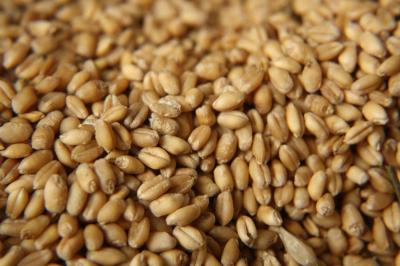
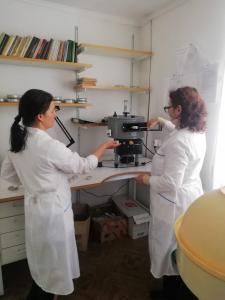
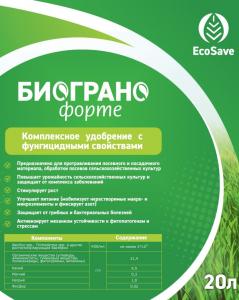
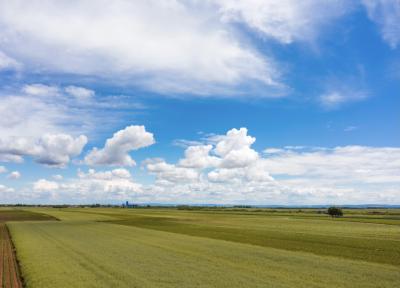
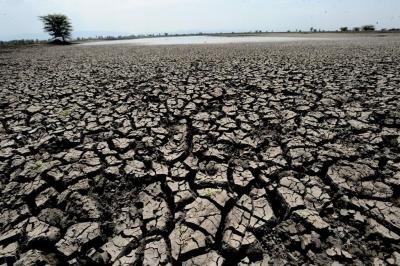
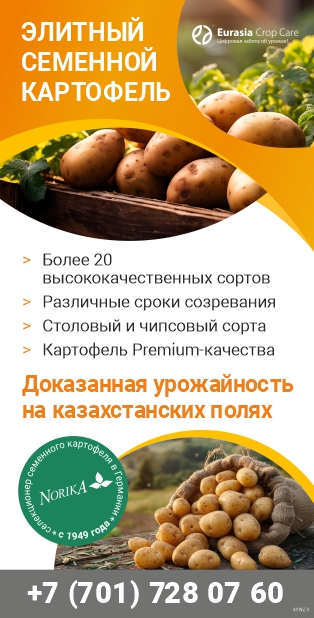

Обсуждение